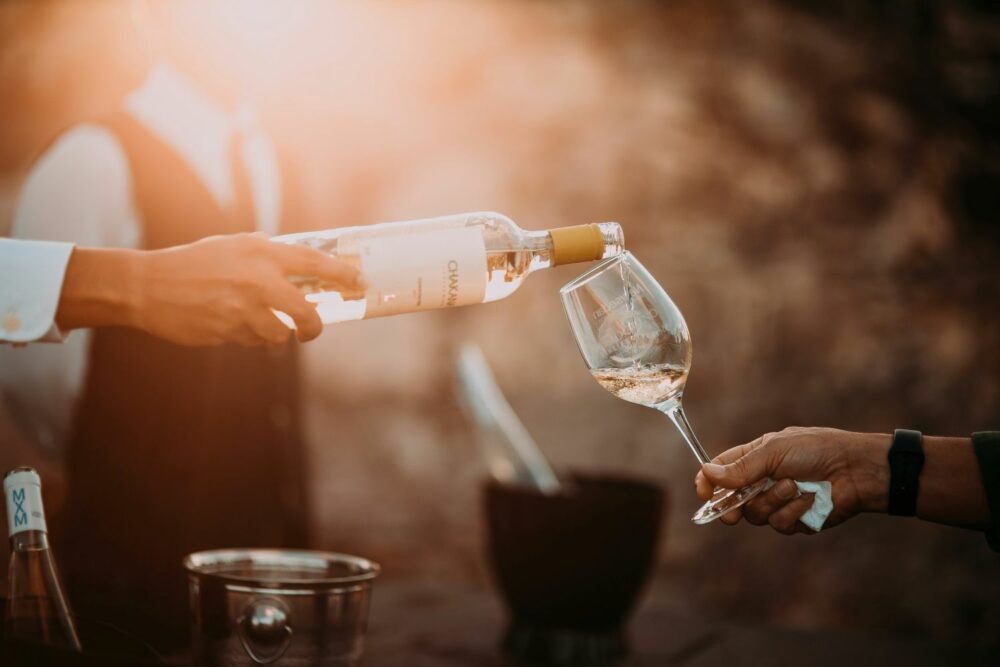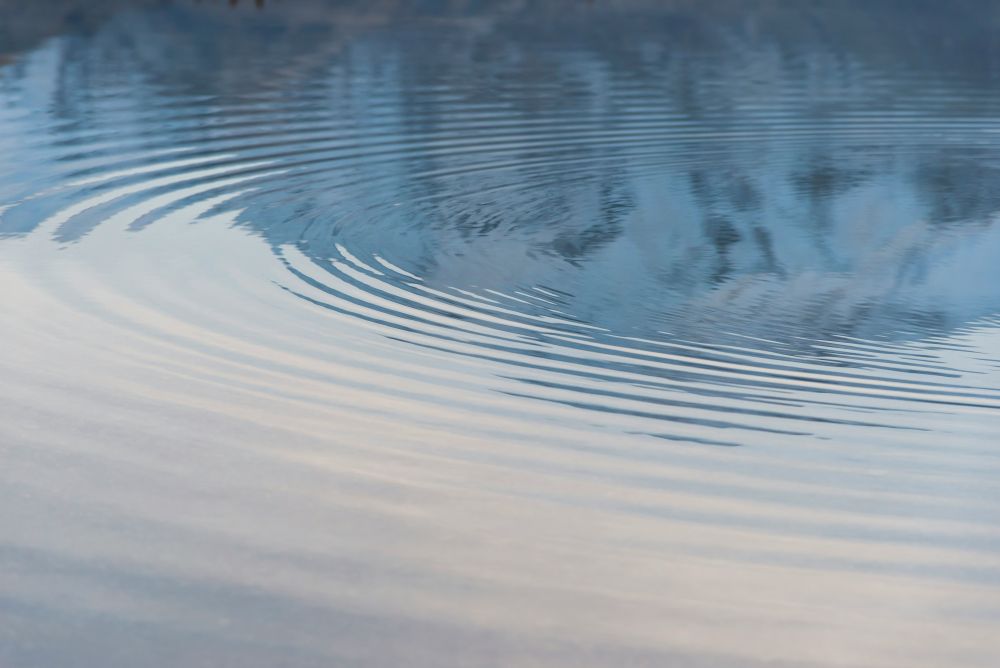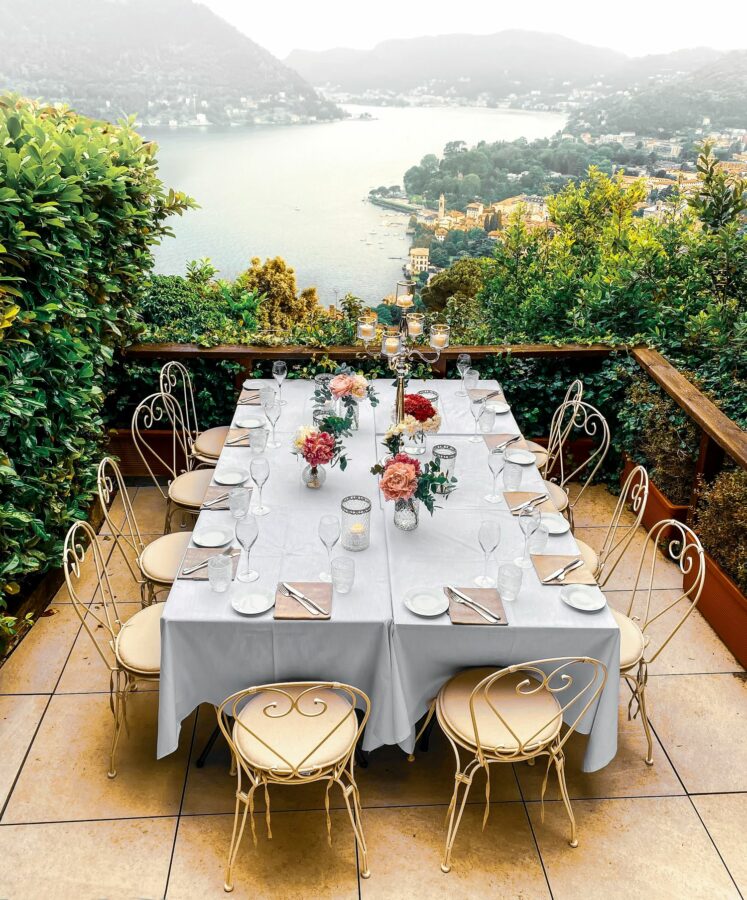Wellness as the New Luxury: How Gen Z is Redefining Indulgence
Published 09 / 12 / 2025Wellness as the New Luxury: How Gen Z is Redefining Indulgence
Luxury is evolving. For Gen Z and younger Millennials, status is increasingly measured through health, appearance, and balance, rather than luxury goods. Wellness has become the new luxury, and its reach extends far beyond spas and supplements into every corner of the consumer landscape. McKinsey’s recent analysis highlights just how profound this shift has become: younger generations are spending significantly more on wellness than older cohorts, with a focus on quality. For these consumers, wellness is not a necessity, but an indulgence – one that signals both self-investment and social capital.
The numbers tell a compelling story. The global wellness industry is now valued at $2 trillion, and growth continues to accelerate. Within this, Gen Z stands out as the true engine of demand. McKinsey characterises them as “maximalist optimisers” – digitally adept consumers who go beyond maintenance to embrace continuous enhancement. Influenced by social media yet guided by research and expert advice, they invest heavily in discretionary wellness products, valuing quality above cost and showing loyalty to brands that deliver both credibility and cultural relevance.
A telling example comes from You magazine, where a 29-year-old woman detailed why she spends £627 a month on wellness. Her outlay spans two luxury gym memberships, Third Space and Soho House, chosen as much for convenience and atmosphere as fitness, alongside premium supplements and high-quality foods. For her, wellness is more than exercise: it is social currency, a mental health tool, and an investment in lifestyle, comparable to how previous generations might have prioritised fashion or travel. This mindset illustrates how younger consumers are reframing wellness as their chosen form of luxury, where beauty, performance, and wellbeing converge.
Wellness as Opportunity: How Brands Can Respond
The wellness economy’s scale and momentum make it one of the most lucrative arenas for luxury brands today. Yet the opportunity extends well beyond wellness-native businesses: the real opportunity lies in how heritage and lifestyle brands can weave wellness meaningfully into their DNA.
Luxury beauty has been one of the first categories to show how this can be done. Dior, for example, has extended its heritage of indulgence into wellness with the Dior Spa at Cheval Blanc in Paris. This destination fuses high-performance skincare with restorative treatments, positioning Dior not just as a beauty brand but as a curator of holistic wellbeing.
Other sectors are following suit. At London Fashion Week AW25, luxury activewear brand Alo Yoga served as the Official Wellness Partner, hosting its ‘Alo Oasis’ at the 1 Hotel Mayfair. Designed as a sanctuary amidst the fast-paced energy of Fashion Week, it blended mindfulness classes, restorative therapies, and holistic beauty treatments with the glamour of high fashion. Crucially, Alo amplified the experience through partnerships with leading wellness and beauty players, from 111SKIN’s rejuvenating facials to REVIV’s vitamin IV drips, Solice Health’s reiki and acupuncture, and GHD’s hairstyling services. By weaving together an ecosystem of premium offerings, Alo transformed the Oasis into more than a branded space – it became a hub of cultural and physical recharge for London Fashion Week attendees. In doing so, Alo demonstrated how wellness can function as cultural capital, positioning the brand at the intersection of fashion, lifestyle, and holistic wellbeing.
Together, these examples highlight a clear trajectory: when luxury brands integrate wellness authentically, they shift from selling products to shaping lifestyles. And for Gen Z, who view wellness as an expression of identity as much as a path to optimisation, the brands that succeed will be those that embed themselves in that lifestyle – becoming partners in wellbeing rather than observers of the trend.
Navigating the Risks: Wellness Fatigue and Consumer Burnout
Yet, this is not an unqualified opportunity. As highlighted by The Guardian, the very intensity of Gen Z’s investment in wellness carries with it an inherent risk: fatigue. For years, this generation has been heralded as the “wellness generation,” marked by lower alcohol consumption, healthier eating habits, and an aversion to excess. But more recently, signs of recalibration have emerged. Some young people are returning to alcohol and nightlife, seeking a release from the relentless pursuit of optimisation.
This shift reflects a deeper cultural tension. Many Gen Z consumers are experiencing wellness not as freedom, but as pressure. Lululemon’s State of Mind report reveals that 61% of respondents feel overwhelming social pressure to appear well, while 53% cite conflicting information about the best ways to improve wellbeing. Rather than reducing stress, the pursuit of wellness can itself become a source of anxiety.
The danger for brands lies in exacerbating this burnout. If wellness is presented only as performance optimisation, it risks alienating those who crave balance and joy. Increasingly, young consumers are seeking wellness experiences that quiet the noise, that invite them to “do what feels good” and that foster community rather than competition. For luxury brands, the challenge is to strike the right balance between aspiration and accessibility, between science and simplicity, between indulgence and authenticity.
Final Takeaways: How Brands Should Do Wellness
The lesson for luxury brands is clear. To win in the wellness economy, it is not enough to simply offer products or experiences; brands must engage with the deeper motivations and contradictions driving this movement. Wellness for Gen Z is about self-optimisation, appearance, and social status – but it is also shadowed by the risks of pressure and fatigue.
The most successful brands will therefore frame wellness as an aspiration that is premium yet achievable. They will blend science with emotion, offering solutions that are both credible and comforting. They will create experiences that extend beyond the point of purchase, fostering community and continuity. And they will acknowledge that true wellness is not about relentless optimisation, but about balance, joy, and personal meaning.
For Gen Z, wellness has become the ultimate form of luxury. For brands, the opportunity is to deliver it with sensitivity, creativity, and authority – shaping how the next generation defines luxury itself.




